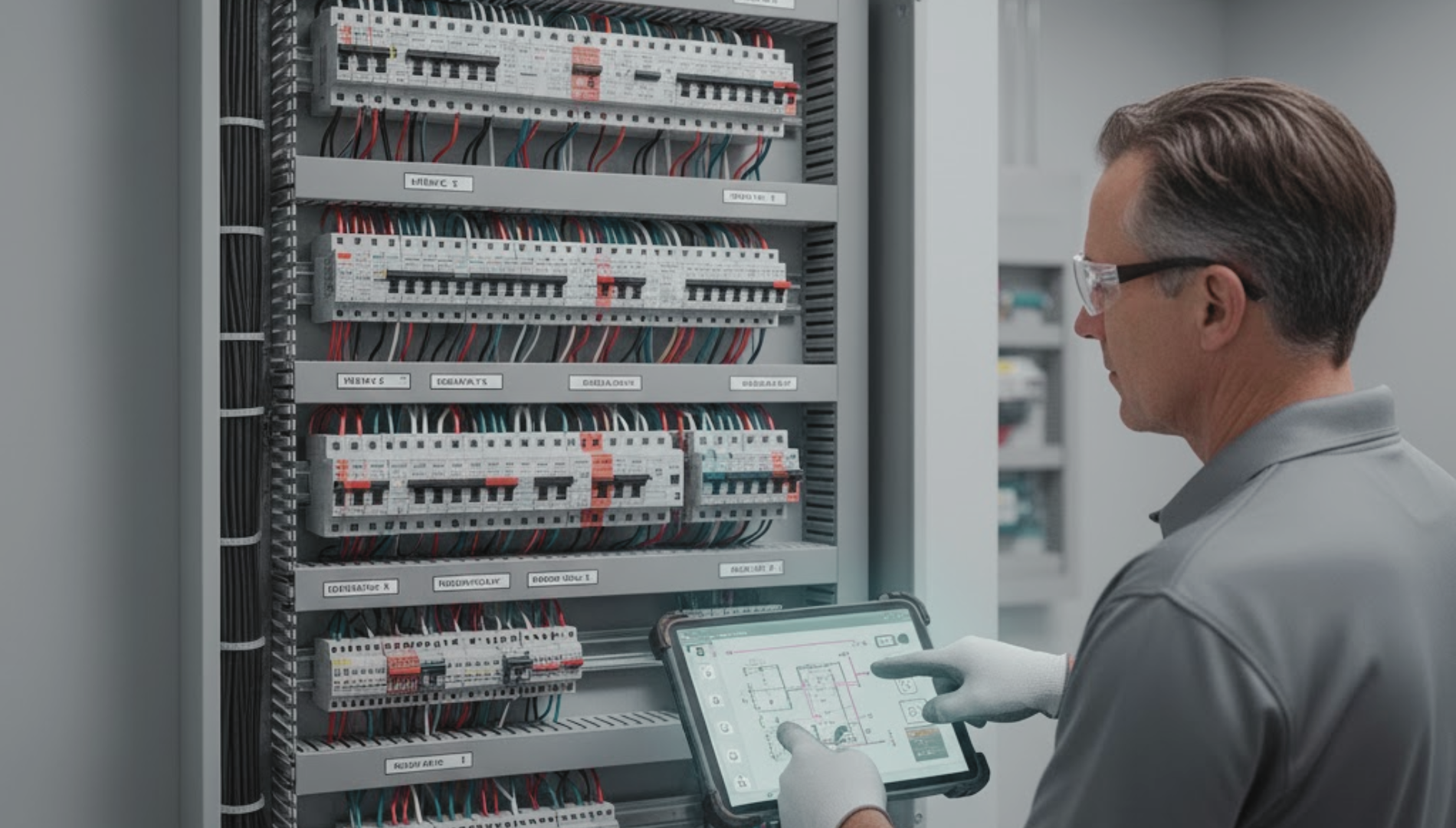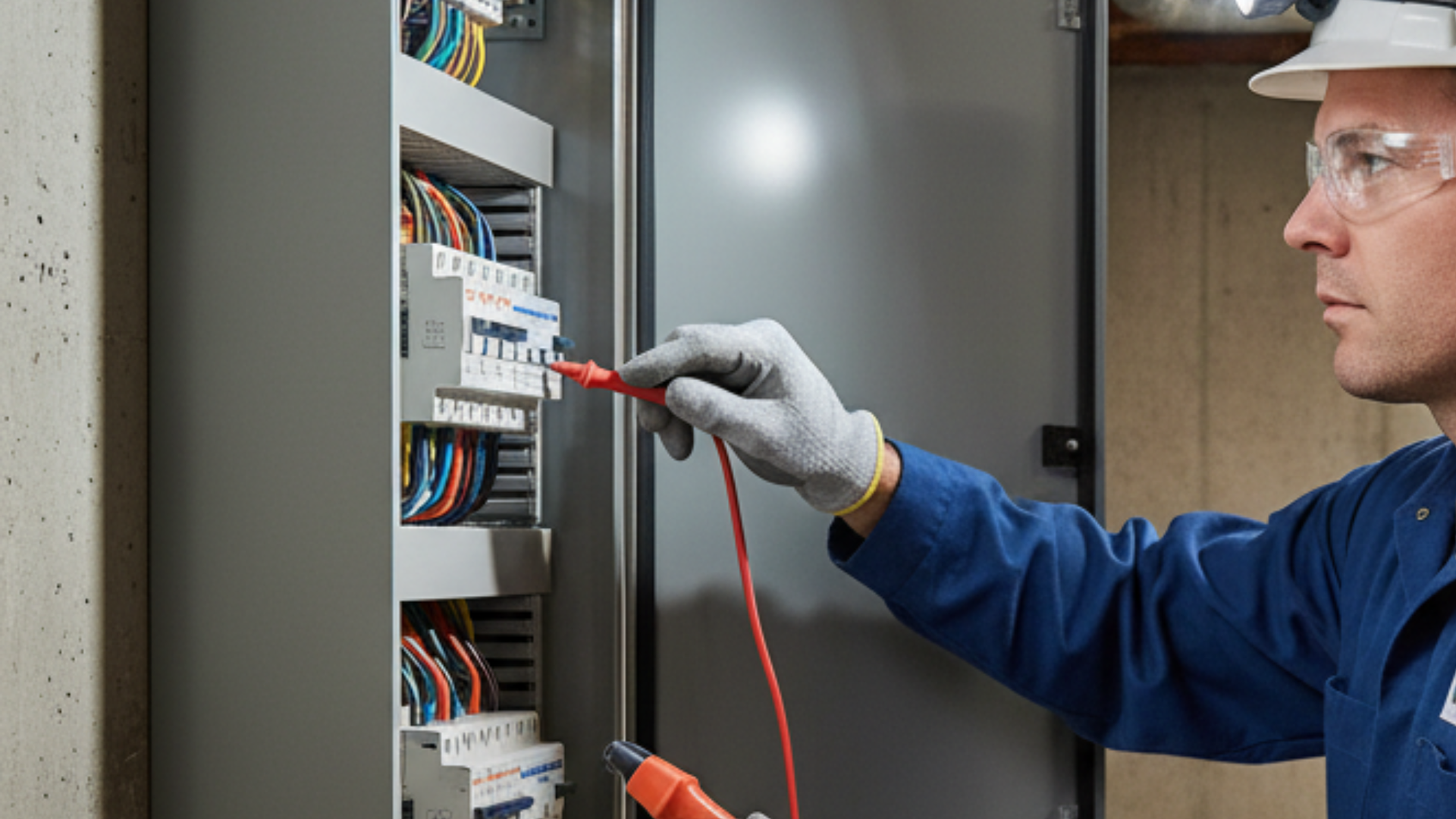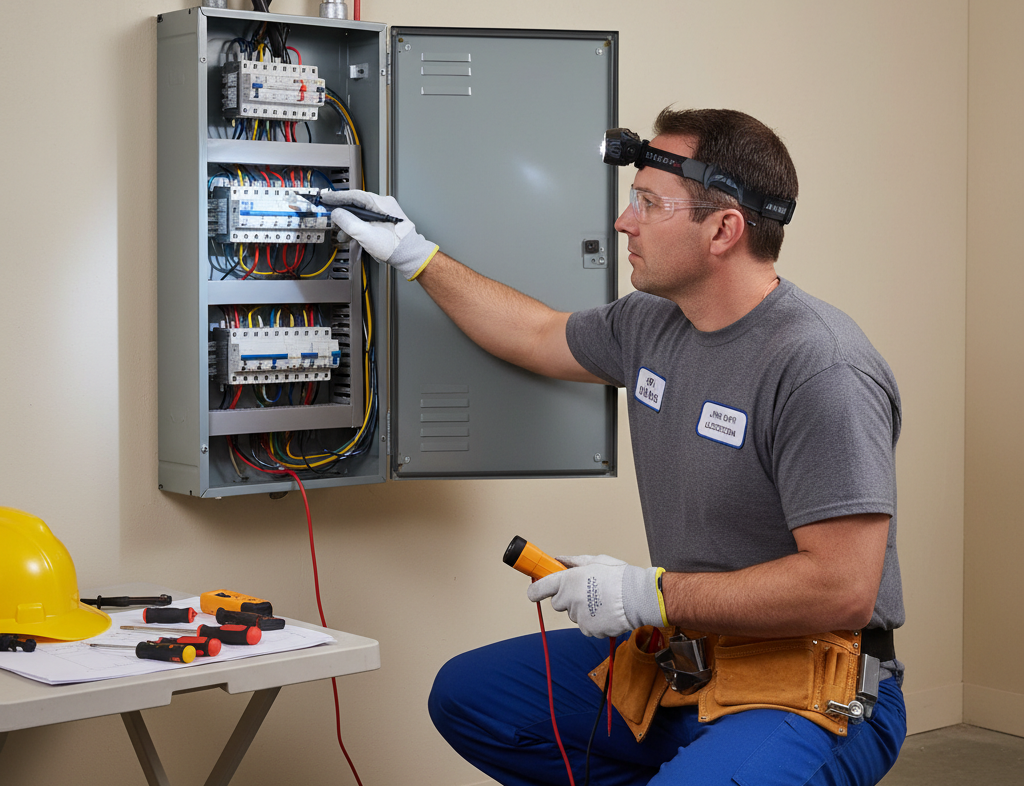Home Lighting Evolution: From Incandescent to Smart Systems

Lighting has come a long way from the simple incandescent bulb to today’s cutting-edge smart systems. The evolution of home lighting has transformed the way Jacksonville homeowners illuminate their spaces, enhancing aesthetics, functionality, and energy efficiency. With expertise from trusted electrical contractors jacksonville nc, such as Nash Electric LLC, residents can make informed decisions about their lighting solutions.
A Brief History of Lighting Technologies
The journey of home lighting dates back centuries, starting with primitive sources such as candles and oil lamps before electricity revolutionized the industry. Here’s a detailed timeline of key advancements that have shaped modern lighting:
- Candles and Oil Lamps (Pre-19th Century) – For thousands of years, fire was the primary source of illumination. Candles, made from tallow or beeswax, were widely used alongside oil lamps that burned vegetable or whale oil.
- Gas Lighting (Early 1800s) – Gas lamps became popular in urban settings, providing a much brighter and more consistent light source than candles.
- Incandescent Bulbs (1879) – Thomas Edison’s development of the incandescent bulb marked a major turning point, offering homes a reliable and efficient lighting solution.
- Fluorescent Lighting (1930s-1940s) – These longer-lasting, more energy-efficient bulbs became widely used in commercial spaces before making their way into residential homes.
- Halogen Bulbs (1950s-1960s) – A brighter and more energy-efficient alternative to incandescent lighting, halogen bulbs became popular for task lighting and outdoor fixtures.
- LED Lighting (1960s-Present) – Light-emitting diodes (LEDs) started as small indicator lights but have now taken over the home lighting market due to their superior efficiency and durability.
- Smart Lighting Systems (2010s-Present) – With the advent of home automation, smart lighting systems allow homeowners to control their lighting remotely, set schedules, and optimize energy use, bringing convenience and energy savings.
The Benefits and Drawbacks of LED Lighting
Today, LED lighting has become the gold standard for modern homes. But why have so many Jacksonville residents switched to LED bulbs?
Benefits of LED Lighting
- Energy Efficiency: LEDs use up to 75% less energy than traditional incandescent bulbs, significantly reducing electricity bills.
- Longevity: With a lifespan of up to 50,000 hours, LED bulbs can last 25 times longer than their incandescent counterparts, reducing replacement costs.
- Eco-Friendly: LEDs contain no toxic elements like mercury and produce minimal heat, making them environmentally safe.
- Versatile Design: Available in various colors, temperatures, and brightness levels, LEDs can be tailored for ambient, task, or accent lighting applications.
- Low Heat Emission: Unlike incandescent bulbs, LEDs generate very little heat, making them safer and more energy-efficient.
Drawbacks of LED Lighting
- Higher Upfront Cost: LED bulbs and fixtures are initially more expensive compared to incandescent or CFL bulbs. However, their long-term savings outweigh the upfront investment.
- Dimming Compatibility Issues: Not all LED bulbs are compatible with older dimmer switches, requiring specialized dimmers for optimal performance.
- Color Temperature Variation: Some LEDs can have inconsistent color temperatures, requiring careful selection to match specific aesthetic preferences.
Understanding Different Types of Lighting
Home lighting isn't just about brightness—it’s about creating the right ambiance and enhancing functionality. Understanding the three primary lighting types can help Jacksonville homeowners achieve a balanced and well-lit home:
1. Ambient Lighting
This is the main source of illumination in a room, typically provided by ceiling fixtures, recessed lighting, or chandeliers. It ensures overall visibility and sets the mood. Some popular ambient lighting options include:
- Ceiling-mounted fixtures
- Chandeliers
- Pendant lights
- Recessed lighting
2. Task Lighting
Task lighting is designed for specific activities such as reading, cooking, or working. It includes:
- Under-cabinet lights in the kitchen
- Desk lamps for workspaces
- Pendant lights over kitchen islands
- Vanity lighting in bathrooms
3. Accent Lighting
Used to highlight architectural features, artwork, or decorative elements, accent lighting includes:
- Track lighting
- Wall sconces
- LED strip lights
- Picture lights
Choosing the Right Lighting for Each Room
Each room in a home serves a different purpose, requiring a tailored lighting approach:
- Living Room: A combination of ambient and accent lighting enhances comfort while highlighting decor. Consider using dimmable overhead fixtures for versatility.
- Kitchen: Bright task lighting under cabinets and over countertops improves functionality while pendant lights add style.
- Bedroom: Soft ambient lighting with bedside lamps or wall sconces fosters relaxation. Smart bulbs with adjustable color temperatures can improve sleep hygiene.
- Bathroom: Bright, shadow-free lighting around mirrors is essential for grooming. LED vanity lights offer both efficiency and clarity.
- Outdoor Spaces: Motion sensor lights improve security, while landscape lighting enhances curb appeal and safety.
Introduction to Smart Lighting Systems
Smart lighting is rapidly becoming the preferred choice for modern homes in Jacksonville. These systems integrate seamlessly with home automation, offering numerous benefits:
Advantages
- Energy Savings: Smart bulbs adjust brightness based on occupancy and natural light levels, optimizing energy consumption.
- Remote Control: Manage lighting through smartphone apps or voice assistants like Alexa and Google Assistant.
- Customization: Set schedules, change colors, and automate lighting scenes for different occasions.
- Security: Lights can be programmed to mimic occupancy, deterring potential intruders.
Tips for Creating an Energy-Efficient Lighting Design
Energy efficiency is a top priority for Jacksonville homeowners looking to reduce utility costs. Here are some practical tips:
- Switch to LEDs: Replace outdated bulbs with ENERGY STAR-certified LEDs.
- Utilize Natural Light: Maximize daylight by using sheer curtains and strategically placing mirrors.
- Install Dimmer Switches: Adjust brightness levels to suit different needs and reduce energy use.
- Use Smart Timers and Sensors: Automate lighting to turn off when rooms are unoccupied.
The Importance of Proper Lighting for Home Security
Lighting plays a crucial role in home security, deterring burglars and improving visibility. Some key security lighting tips include:
- Motion Sensor Lights: These activate when movement is detected, startling potential intruders.
- Pathway Lighting: Well-lit pathways prevent accidents and enhance safety at night.
- Timers for Vacation Mode: Smart lighting can simulate occupancy when homeowners are away.
- Floodlights: Bright floodlights near entry points discourage trespassers.
This will all be achieved through the help of experts. Talk to Your Trusted Electrical Contractors: Nash Electric LLC now.
Conclusion: Elevate Your Home Lighting with Nash Electric LLC
The evolution of home lighting has given Jacksonville homeowners more options than ever, from traditional fixtures to advanced smart systems. Whether upgrading to energy-efficient LEDs, enhancing home security, or integrating smart lighting, professional guidance makes all the difference.
Nash Electric LLC specializes in both traditional and modern electrical solutions, helping residents design and install the perfect lighting setup.
Contact Nash Electric LLC today to discuss your home lighting needs and take the next step toward a brighter, more efficient home!
